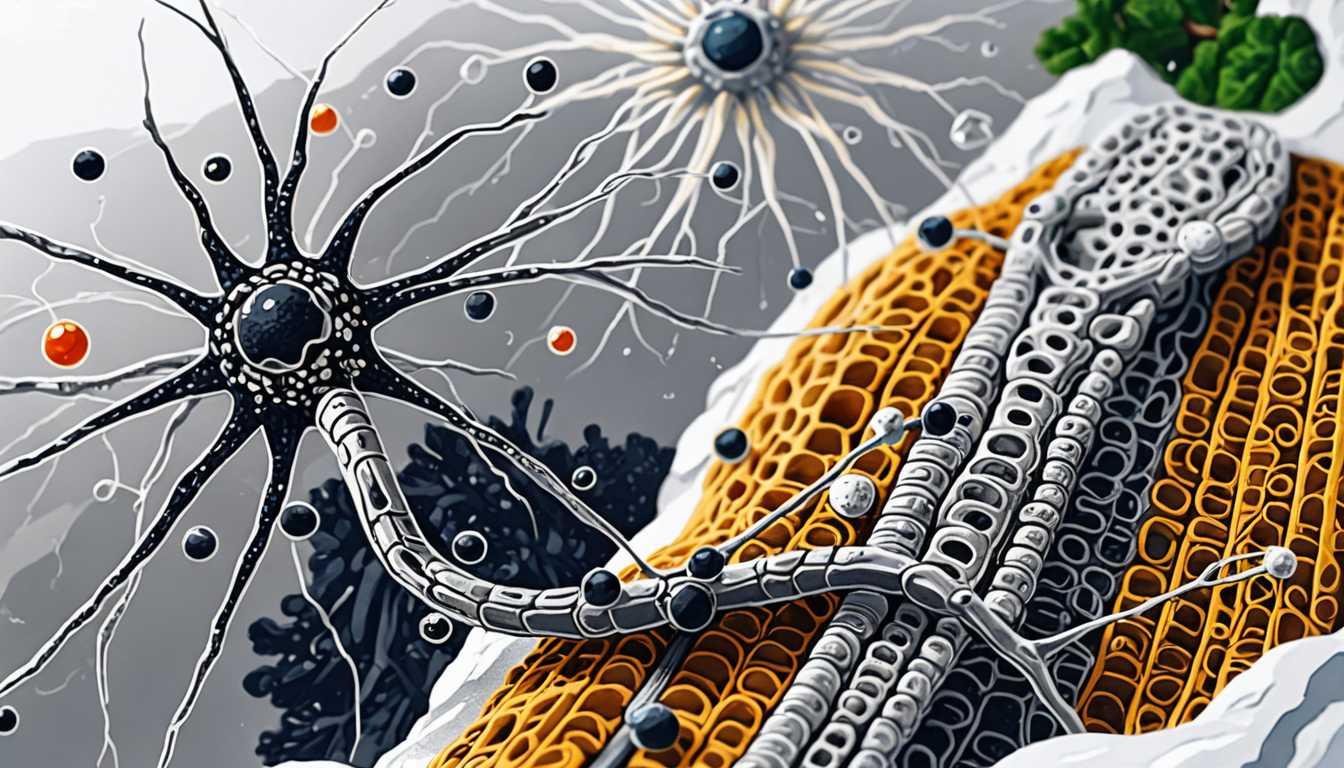Smile Restored: A Medical Marvel
October 2023
Harvard University
Introduction
Imagine waking up from surgery and not recognizing your own smile. That's exactly what happened to Rebecca Grasso, a vibrant physical therapist who had to fight a rare condition called neurofibromatosis type 2. This story, brought to us by Harvard University, unfolds her journey from losing her smile to an extraordinary surgery that used nerves from her tongue to bring it back. It's a tale of resilience, cutting-edge science, and the return of Smiley - all wrapped in a medical marvel. Dive into Rebecca's story and discover how a smile can truly be worth a thousand words.
READ FULL ARTICLEWhy It Matters
Discover how this topic shapes your world and future
Smiles and Science - Restoring Joy with a Nerve Transfer
Imagine not being able to smile, a simple expression of joy that connects us to others. Now, envision science stepping in to bring that smile back. This is not just about medical miracles; it's about how advancements in nerve transfer techniques are changing lives. The story of a woman regaining her ability to smile through nerves rerouted from her tongue is a testament to the power of medical science and innovation. For you, this topic opens a window into the fascinating interplay between technology, biology, and the human spirit. It highlights the significance of medical research and its global implications, including the potential to restore lost functions and improve quality of life. This journey into the science of nerve transfers not only showcases the resilience of the human body but also ignites curiosity about how we can overcome seemingly insurmountable challenges through scientific discovery.
Speak like a Scholar
Neurofibromatosis type 2 (NF-2)
A rare genetic condition that causes noncancerous tumors to grow on nerves in the brain and spinal cord.
Schwannomas
These are tumors that form on the protective covering of nerves, known as the Schwann cells.
Nerve Transfer
A surgical technique where nerve fibers are rerouted from one area to another to restore function to a paralyzed muscle or muscle group.
Facial Palsy
A loss of facial movement due to nerve damage, leading to paralysis of the affected side of the face.
Neurotization
The process of reinnervating a muscle by connecting it to a functioning nerve to restore its movement.
Hypoglossal Nerve Transfer
A specific type of nerve transfer where fibers from the nerve that controls tongue movements are used to reanimate the facial muscles.
Independent Research Ideas
The Evolution of Nerve Transfer Techniques
Explore the history and development of nerve transfer surgeries, focusing on how this technique has evolved to improve outcomes for patients with facial paralysis.
Genetic Underpinnings of Neurofibromatosis Type 2
Dive into the genetics of NF-2, examining how mutations lead to the condition and the potential for genetic therapies in the future.
Psychological Impact of Facial Paralysis
Investigate the psychological and social effects of facial paralysis on individuals, including aspects of mental health, social interaction, and self-esteem.
Innovations in Surgical Robotics for Nerve Transfers
Look into how robotic technology is being used to enhance precision and outcomes in nerve transfer surgeries, potentially transforming the field.
Interdisciplinary Approaches to Nerve Damage Repair
Explore the intersection of neuroscience, bioengineering, and robotics in developing new therapies and technologies for repairing nerve damage and restoring function.
Related Articles

Electrodes: A Scalpel-Free Future
October 2023
Imperial College London

Opal's Journey: Hearing the Unheard
May 2024
University of Cambridge

Decoding ALS: MIT's Groundbreaking Study
May 2024
Massachusetts Institute of Technology (MIT)

Sponge Capsule: Goodbye, Endoscopy?
February 2024
University of Cambridge

Vaccines 2.0: The Self-Copying Revolution
February 2024
MIT Technology Review